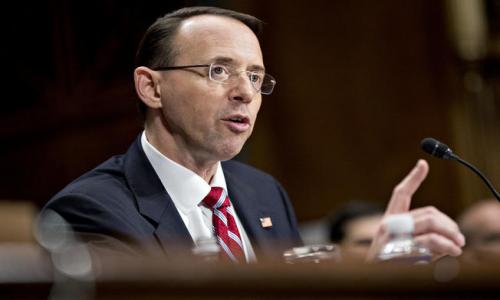Real gross domestic product -- the output of goods and services produced by labor and property located in the United States -- increased at an annual rate of 3.5 percent in the third quarter of 2009,(that is, from the second quarter to the third quarter), according to the "advance" estimate released by the Bureau of Economic Analysis. In the second quarter, real GDP decreased 0.7 percent.
The increase in real GDP in the third quarter primarily reflected positive contributions from personal consumption expenditures (PCE), exports, private inventory investment, federal government spending, and residential fixed investment. Imports, which are a subtraction in the calculation of GDP, increased.
Peering a little more behind the hood, it looks like the cash-for-clunkers program as well as the first-time homebuyer credit were key factors in the expansion. Exclusing the impact of automobiles (sales, production, and inventories) the economy expanded by 1.9%. The BEA says:
The third-quarter increase(in consumer spending) largely reflected motor vehicle purchases under the Consumer
Assistance to Recycle and Save Act of 2009 (popularly called, “Cash for Clunkers” Program).
This brings up several thoughts:
- What will happen once the stimulus fades? Most economists believe the recession has ended but is the economy ready to expand without a government crutch? My guess is that it's not yet. There is no growth driver for this economy at the moment. In the 90's it was tech, in the 2000s, it was housing, what now? Without something, it's hard to see what's going to catalyze growth. So far, only the government has been able to fill the void.
- Will interest rates begin to rise and talk turn to raising rates? Probably not. See bullet #1. But if the dollar continues to fall, then the Fed may be forced to raise rates earlier than it wanted.
Read the full press release here.










Add your Comment
or use your BestCashCow account